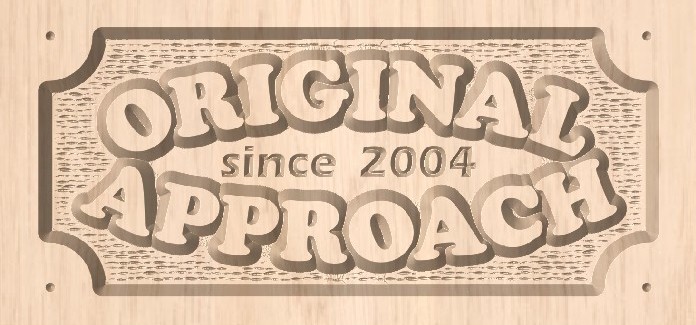|
BOTANICAL NAME: Brosimum Rubescens of the family Moraceae
NOTE: a dust mask & long sleeves should always be used while working this wood,
as some reports say that it causes skin and respiratory problems in some people.
COMMON NAMES: amapa rana, satine rouge, conduru, satinjout, cardinal wood,
muirapiranga (Brazil), bois satine (France), satine rubane, satine rouge,
satijnhout, brazil wood, satinee, falso pao Brasil, palo de oro, doekaliballi,
ferolia, legno satino, pau rainha, siton paya,
TYPE: hardwood
COLOR: The heartwood colour varies from grey-red to deep rich blood red (thus
the name), with a golden lustre and variegated yellow and red stripes. It
reportedly does not change much with age.
one report notes: "ages to a deep brown color. Lacquer extends aging to help
preserve red color.". The bowl shown at the bottom of the picture page is coated
with polyurethane, not lacquer, and I have not noticed any change in color in
the five or so years since I made it.
GRAIN: straight to variable or interlocked; some reports say it has distinct
rays but that has not been my experience
TEXTURE: "medium to coarse" or "fine, smooth and lustruous" depending on who you
listen to. My own experience is that it is fine to medium, never coarse.
PROPERTIES / WORKABILITY: a strong, hard, tough wood that works fairly easily
for all tooling operations and glues well but tends to splinter. May need
pre-boring for nailing but holds screws well.
DURABILITY: very resistant to bugs and decay and mechanically very durable.
Reportedly resistant to preservative treatment.
FINISH: takes a moderately high natural polish and stains well (but if you stain
it and I find out, I will come and hurt you)
STABILITY: small movement in service
BENDING: "high bending strength" or "Low steam bending characteristics"
depending on who you listen to.
ODOR: no reports found
SOURCES: Brazil, French Guiana, and Surinam
USES: fine furniture, and inlay work and also used as an accent wood for fancy
box making as well as for billiard cue butts, drum sticks, xylophones, organ
pipes, turnery, and marquetry. Selected logs are sliced for decorative veneers.
TREE: no reports found
WEIGHT: very heavy; 63 pounds per cubic foot
DRYING: Dries slowly without much degrade
AVAILABILITY: moderate
COST: moderate to high --- $15 per board foot and up
|




